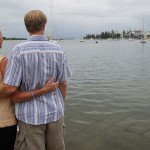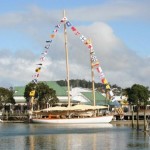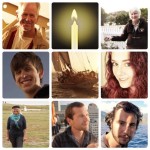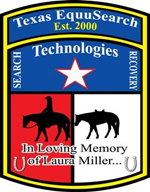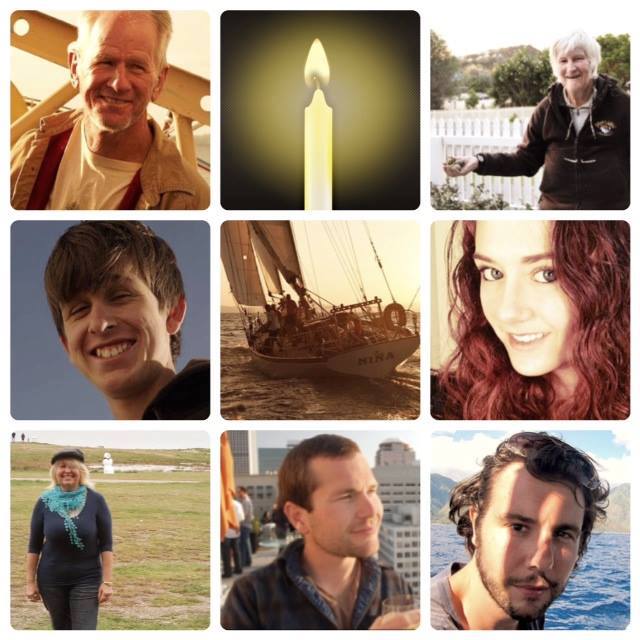
The Niña Seven
The lives of 7 people are at risk. The sailing schooner, Niña, went missing in the Tasman Sea, and the families of the crew have requested help from the U.S. Department of State and New Zealand rescue authorities, as we believe the sailors are trapped on the disabled Niña.
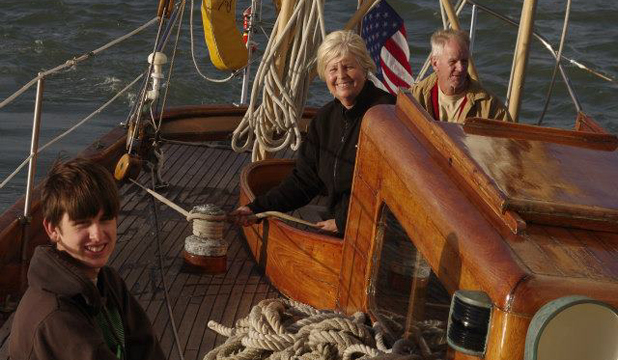
Rosemary, David III, and David IV on the deck of the Niña.
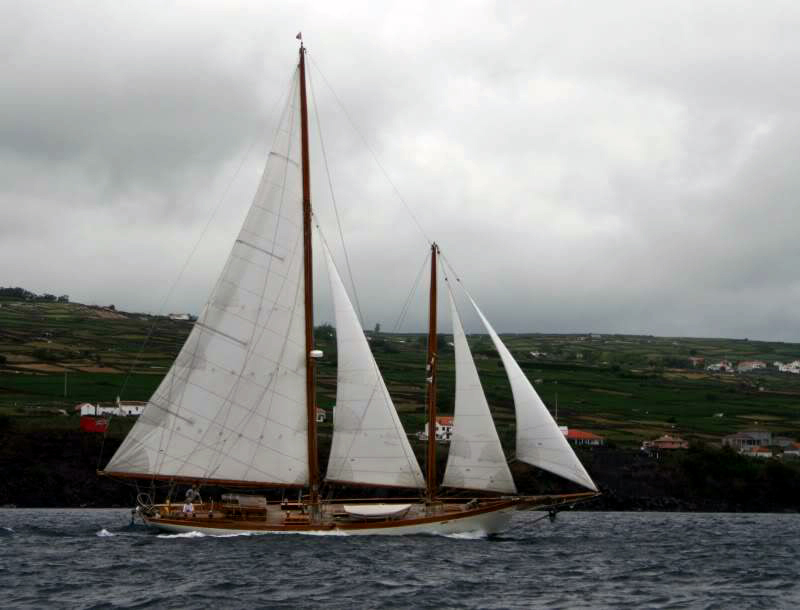 The Niña is a 70 foot long, deep hull wooden schooner, which left Opua, New Zealand on May 29, 2013, on what was to be an 8-day sail to Newcastle, Australia. On June 4th a satellite phone text message was received by a Meteorologist friend of Evi Nemeth, a 73-year old Professor of Technology and Computer Science from the University of Colorado, one of the 7 crew members aboard the Niña. The text message stated the ship “had gone through two major storms and that the sea sails had been shredded and they were moving at 4 knots with a bearing of 310 degrees.” The Meteorologist suggested Niña turn south but to expect more bad weather . . . this was the last communication with the crew and she was at 33.889 degree South by 165.3 degrees East.
The Niña is a 70 foot long, deep hull wooden schooner, which left Opua, New Zealand on May 29, 2013, on what was to be an 8-day sail to Newcastle, Australia. On June 4th a satellite phone text message was received by a Meteorologist friend of Evi Nemeth, a 73-year old Professor of Technology and Computer Science from the University of Colorado, one of the 7 crew members aboard the Niña. The text message stated the ship “had gone through two major storms and that the sea sails had been shredded and they were moving at 4 knots with a bearing of 310 degrees.” The Meteorologist suggested Niña turn south but to expect more bad weather . . . this was the last communication with the crew and she was at 33.889 degree South by 165.3 degrees East.
The Recovery Coordination Centre in New Zealand (RCCNZ) was contacted on June 8 and asked to help. RCCNZ did conduct 6-days of aerial searches beginning June 25th – 3 weeks after the Niña last communications. The RCCNZ search stopped July 4th and declared the Niña had sunk and the crew dead.
The five families of the crew did not accept that conclusion:

Danielle Wright
“I know my daughter is alive and waiting to be rescued”
– Ricky & Robin Wright, parents of 19-year old Danielle Wright, Niña Crew Member
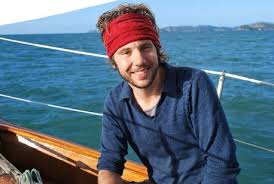 “Matthew is strong and a survivalist and we know he is still aboard the Niña and trying to make his way home”
“Matthew is strong and a survivalist and we know he is still aboard the Niña and trying to make his way home”
– Sue & Ian Wootton, parents of Matthew Wootton, Niña Crew member
On July 18th the families contacted Texas Equusearch Search and Recovery (TES), a non-profit volunteer service organization dedicated to assisting families find and return lost love ones (www.txeq.org) and asked for help in finding the Niña and her crew. TES formed a small core team of technology specialists and work began work creating a search and rescue plan.
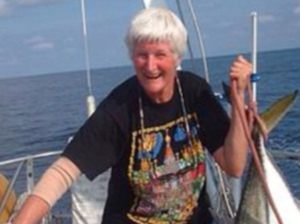
Evi Nemeth
Efforts to get U.S, New Zealand, and Australian support failed, leaving the families and TES completely on their own. However, money was raised, 100s of volunteers were recruited, and search efforts began. Experienced search and recovery flight crews were hired and have flown over 100 missions near New Zealand, Lord Howe Island, Norfolk Island and Australia.
Needing wider range coverage, TES was successful in bringing on DigitalGlobe and its subsidiary Tomnod, who have graciously supplied free-of-charge high resolution satellite images. The process is to review the satellite images via the Internet, and when an object of interest is identified, send a search plane out to look for it. However, this resource has also failed to accurately locate the missing Niña.

Kyle Jackson
Funds are very limited since they come from private donations and are used to pay for the aerial searches, drift modeling, and other activities to keep this search going. But the bottom line is from hundreds of hours of hard work, the Niña has not been found and our continued hope is she will be seen by passing ships or planes, or run aground on many of the coastal islands in the area and be rescued.
How can you help?
Like us on Facebook to get the latest info & to know if/when
new satellite images are posted and other updates for how
you can help find the Niña.


